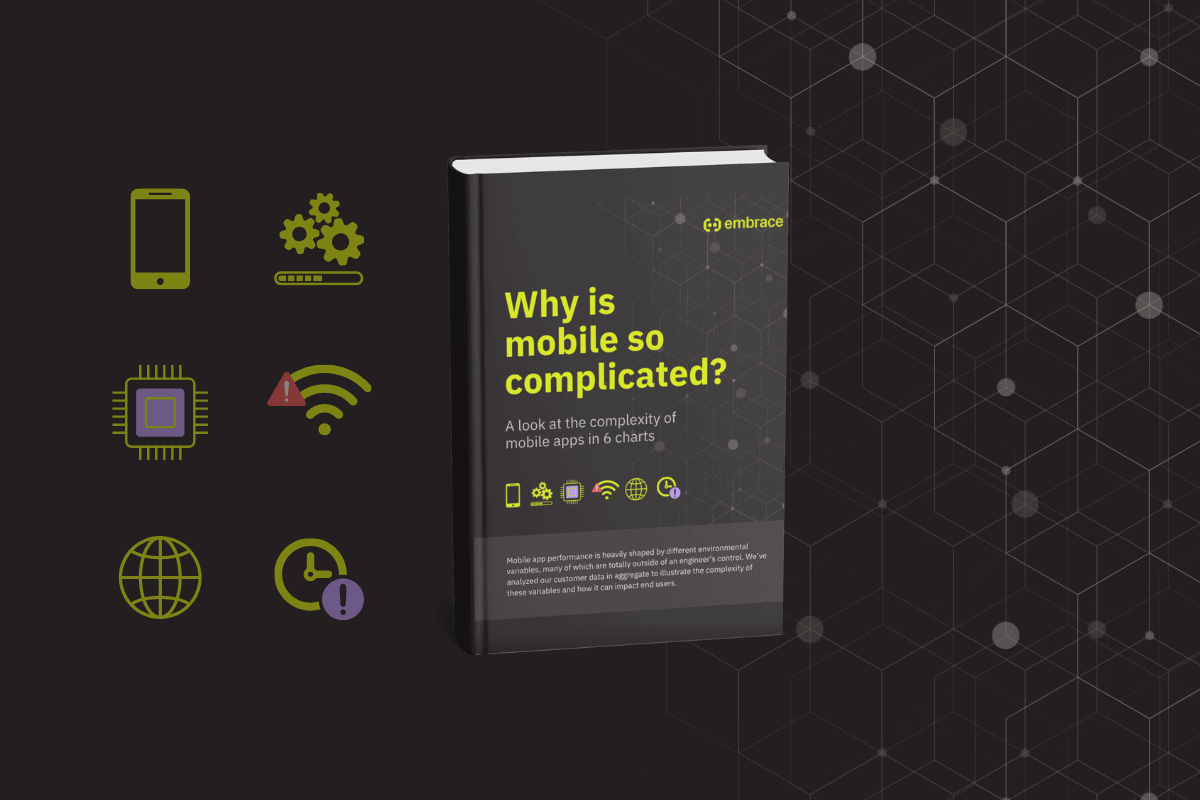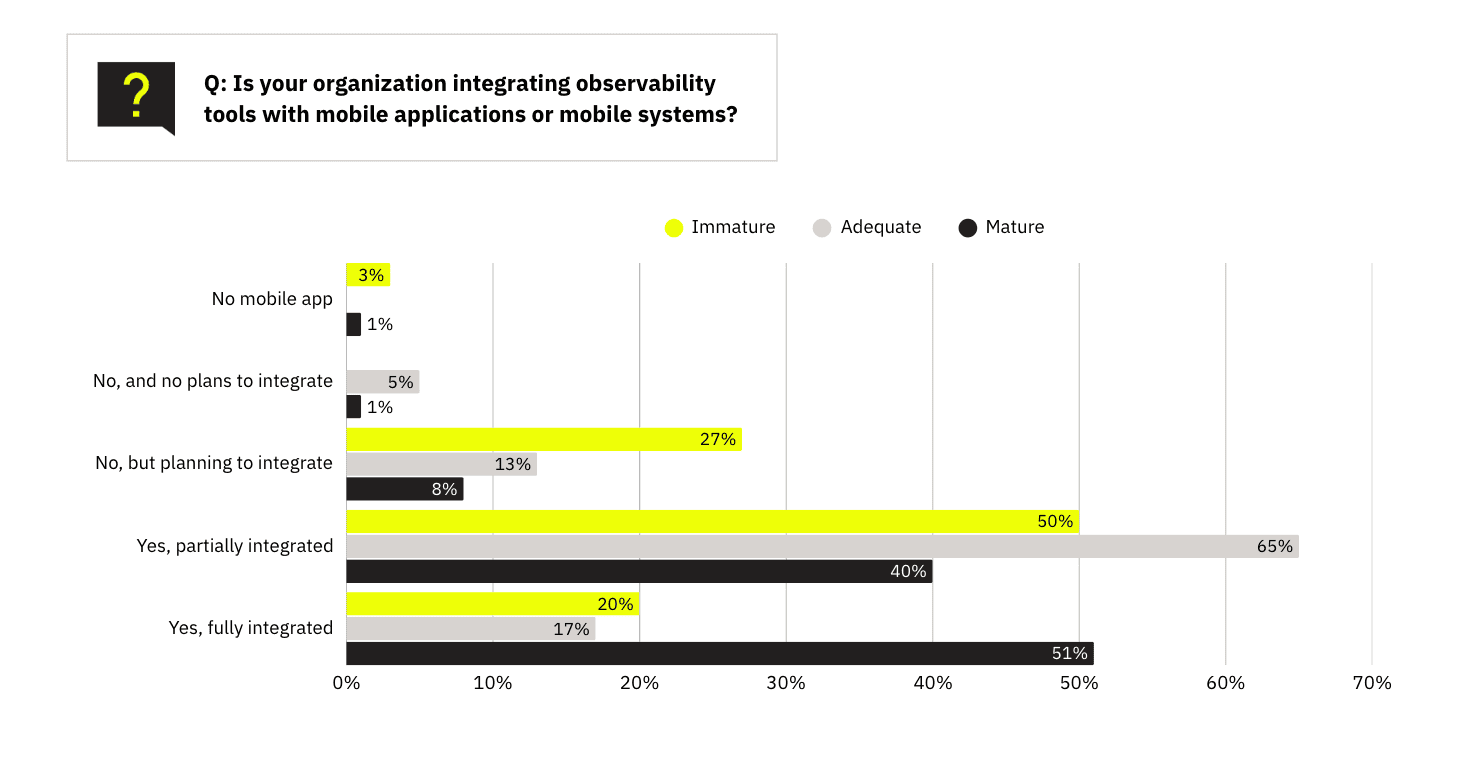
When the industry talks about observability, the focus has long been on the backend. But that’s changing fast. A new research report entitled “Unlocking the Future of Observability: OpenTelemetry’s Role in IT Performance and Innovation” by Dan Twing at Enterprise Management Associates (EMA) and Pete Goldin at APMDigest reveals something the mobile community has known for a while: mobile observability is critical — and modern organizations are becoming more and more sophisticated in their application of OpenTelemetry by weaving it into their bigger picture strategies.
You can check out an on-demand webinar covering highlights of the report, sponsored by Embrace and several industry leaders like Elastic, Dynatrace, and Solarwinds, on EMA’s site here.
Our team also collaborated with EMA and APMDigest to create a special mobile breakout of the report, pulling out the most interesting takeaways that get at mobile’s role in the future of OpenTelemetry. Here it is — OpenTelemetry for mobile: What’s now and what’s next!





